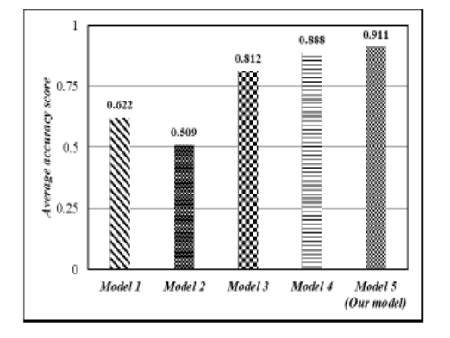


Indian Journal of Science and Technology
Year: 2022, Volume: 15, Issue: 36, Pages: 1815-1822
Original Article
Uditendu Sarkar1, Gouravmoy Banerjee2, Indrajit Ghosh3*
1Scientist ”F”, National Informatics Centre, Ministry of Electronics & Information Technology, Government of India, Jalpaiguri, West Bengal, India-735101
2State Aided College Teacher, Dept. of Computer Science, Ananda Chandra College, Jalpaiguri, West Bengal, India-735101
3Associate Professor, Dept. of Computer Science, Ananda Chandra College, Jalpaiguri, West Bengal, India-735101
*Corresponding Author
Email: [email protected]
Received Date:20 April 2022, Accepted Date:30 August 2022, Published Date:22 September 2022
Objectives: To propose an innovative technique for designing an efficient and adaptive machine learning model using classifier assembly for estimating village level soil nutrient index using soil datasets. Methods: Freely available soil datasets were collected from the concerned authority of Govt. of India. These datasets were used by the proposed machine learning model designed with a classifier assembly of fifteen diverse classifiers for nutrient class identification. The performance of each classifier was evaluated in terms of five well-accepted standard metrics. The outputs of the best performing classifier were then used for estimation of village level nutrient index using modified Parker’s method. Findings: The model was applied for nutrient class identification, and estimation of the nutrient index of different villages using freely available benchmarked Soil health Card datasets provided by the Govt. of India. The empirical results depicted that for nutrient class identification, this proposed machine learning model overperformed the other existing models in terms of average accuracy score. In the case of Copper, it provided the highest average accuracy of classification (0.949) and estimation accuracy of 95.48%. For Sulphur, an average classification accuracy of 0.891 and an estimation accuracy of 90.66% were achieved. Similarly, for Zinc, an average classification accuracy of 0.883 and an estimation accuracy of 89.63% were observed. Novelty: This study suggests a novel architecture of a machine learning model using classifier assembly to estimate the village level nutrient index with the highest possible accuracy, using freely available soil datasets.
Keywords: Nutrient index; Village level soil fertility; Fertilizer management; Machine learning; Classifier assembly
© 2022 Sarkar et al. This is an open-access article distributed under the terms of the Creative Commons Attribution License, which permits unrestricted use, distribution, and reproduction in any medium, provided the original author and source are credited.
Published By Indian Society for Education and Environment (iSee)
Subscribe now for latest articles and news.